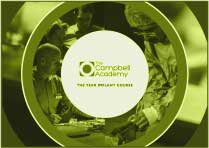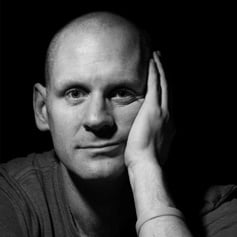
Back in the day, maybe in 2007, 2008, 2009, 2010, or something like that, I travelled to the University of Bern to do an aesthetic implant master class.
This was a three-day course with hands-on model practicals and live surgery to show you how to place a type 2 dental implant to get better aesthetic results.
It was one of the first of its kind in the world.
What was actually happening before that is that people were just doing implant dentistry at the front of the mouth and not really telling people that they were disappointed with the results they were getting quite a lot of the time.
I had been lucky enough to (by pure chance) provide a couple of fabulous cases, even though I was unsure biologically how that had happened.
In my defence, mostly everybody was unsure how that happened then.
In the end, I was taught by Danny Buser to place implants in anterior sites where teeth still existed as a type 2 (delayed immediate) protocol.
That was (and is for relatively inexperienced practitioners) the most secure and safe way to place dental implants at the front of the mouth to get a good result.
This is why we teach it as part of our year one and year two courses.
It's essential to master the skills of basic implant dentistry before you learn to fly because when you go immediate with all your upper front teeth, the chances of catastrophic results are much greater; therefore, you're better off with a safer option and play the percentages.
It's like the analogy of golf when you're just off the green, and you have the chance to use a putter or a wedge.
My brother-in-law has a handicap of +2 (that's really good), and he always told me that a lousy putt was much better than a bad chip.
It's the same for type 1 immediate and type 2 delayed immediate implant placements.
A bad type 2 is usually much better than a bad type 1.
A problem exists then when we want to start to cross the bridge towards more advanced implant dentistry and the decision-making that surrounds that.
And then in comes the aesthetic masterclass.
We teach aesthetic implant dentistry in year one of our three-year implant programs, and we teach more advanced aesthetic implant dentistry in our aesthetic live skills course, which is three days long. Still, further from this and beyond, this is our aesthetic master class.
During this course, we talk about many other ways to provide implant dentistry at the front of the mouth and how we make related decisions.
This reinforces type 2 in certain cases but also explores the advantages of immediate implant placements (understanding, based on evidence, when it's the right time to do that).
It discusses honestly what can go wrong in anterior cases and also talks about things like ridge preservation and the prosthetic aspects to get the best possible results.
I'm sure if you're providing implant dentistry now, all your anterior cases are perfect, and you have no difficulty.
But if you do and if you feel a little bit lonely in your decision-making and you're disappointed sometimes in the results you have, despite having done the best you can, then this day will certainly not be wasted and is a good day for you to make progress from your skill set in your career.
Blog Post Number 3536





Leave a comment